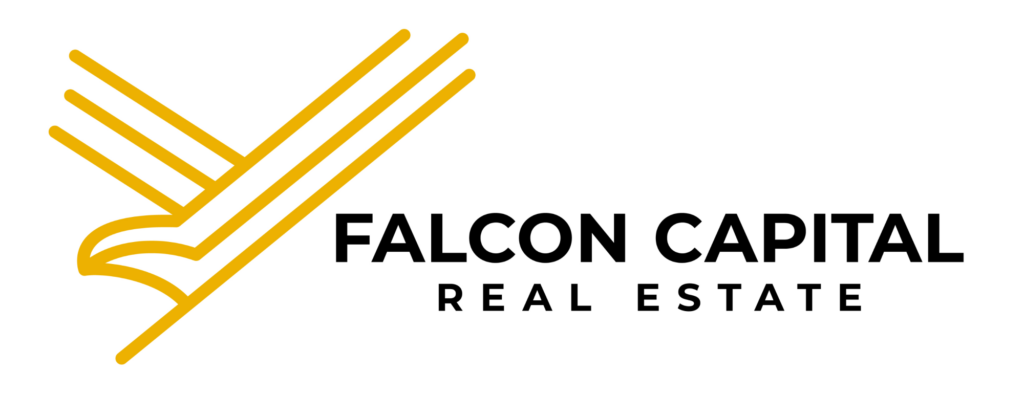Real estate funds come in two varieties when it comes to lifespan: open-ended and closed-ended. This classification influences how you enter/exit the investment and how the fund operates.
Open-Ended Funds:
An open-ended real estate fund has no fixed end date. It continually accepts new investments (and allows periodic redemptions) on an ongoing basis. The fund manager buys and sells properties over time, refreshing the portfolio as needed, and the fund can, in theory, operate indefinitely. For investors, the key advantages are flexibility and continuity. After an initial lock-up period, you may request to withdraw your investment during designated intervals (e.g., quarterly), although withdrawals are subject to the fund’s guidelines and liquidity (if many investors redeem at once, the fund might limit or delay redemptions to avoid forced property sales). Open-ended funds typically focus on stable, income-producing assets, aiming to pay investors regular distributions from rental income and gradually grow their capital. Think of this like a long-term holding that you can eventually exit if needed, rather than being tied to a specific closing date.
Closed-Ended Funds:
A closed-ended fund has a defined life cycle. It’s raised for a set period, then closed to new capital. The manager deploys the committed money into properties, and the fund runs for a predetermined term (say, 5-7 years). During this time, investors generally cannot withdraw their money. Instead, they receive any income distributions from the properties (if they produce cash flow), and ultimately they get their principal and profits back when the fund liquidates its assets at the end of the term. Closed-ended funds are often used for value-add or opportunistic strategies – the idea is to buy properties, improve them over a few years, and sell them within that time frame for a profit. The potential returns for closed-ended funds can be higher because of this value creation focus (investors often look for a significant boost when the properties are sold), but you trade off liquidity and flexibility.
In practice, Falcon Capital employs both structures depending on the strategy.
If we plan to hold assets long-term for steady income, we might choose an open-ended fund format, giving investors ongoing exposure and the possibility of liquidity. If the strategy is to execute on a project and exit (for example, renovate a set of properties and sell them), a closed-ended fund aligns with that finite timeline. Understanding the difference helps you as an investor match your preference: do you want the ability to cash out potentially along the way (open-ended), or are you comfortable locking in your investment until a planned end date for a potentially higher total return (closed-ended)? We ensure that each investor in our funds knows the structure and can choose the fund type that suits their financial planning.
